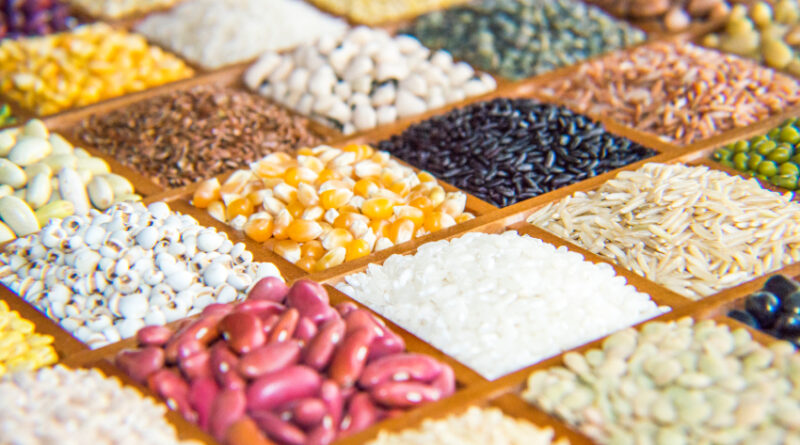Grains close in the red .
By Cassidy Walter
July corn ended the day down 7¼¢.
July soybeans are down 15½¢.
CBOT wheat is down 7½¢. KC wheat is down 11½¢. Minneapolis wheat is down 5½¢.
“Today’s trade almost mirrored yesterday’s to start with corn and soybeans under pressure and wheat showing strength,” says Karl Setzer, partner at Consus Ag Consulting. “Soybeans again suffered from losses in meal, but this was partially offset by gains in soy oil. Improving crush margins also limited losses in the soy complex, but this was negated by thoughts we may see elevated plantings if corn seeding is reduced given we are at prevent plant insurance dates. Reports that Brazilian soybean plantings were underestimated by 3 million acres this year also weighed on the soy complex.
“Wheat was supported early in the day by ongoing production concerns in the Black Sea, but this is no longer fresh news and is losing its impact on futures. Building harvest pressure and the lack of U.S. production issues caused wheat to fade as the session progressed.
“Corn was stuck between these two markets with limited fresh news that would warrant either buying or selling. Attention in the corn complex over future Chinese demand is rising now that Argentine imports are being approved. It is not uncommon to see active trade with a supplier as soon as China approves them.”
August live cattle closed down $1.63. August feeder cattle are down $4.35. July lean hogs are down 20¢.
Crude oil is down 81¢.
S&P 500 futures are down 43 points. Dow futures are down 427 points.
Published: 3:09 p.m. CT
Grains mixed this morning: 9:25 a.m. CT
July corn is down less than a penny this morning.
July soybeans are down 9¾¢.
CBOT wheat is up a penny. KC wheat is down less than a penny. Minneapolis wheat is up 6¼¢.
“USDA reports that this year’s corn and soybean crops are going in the ground with plenty of moisture to support big crops,” says Arlan Suderman, chief commodities economist for StoneX. “That doesn’t tell all of the story, with excessive moisture risking emergence and establishment from northwest Iowa to portions of Illinois. But we’ll get a better assessment on the impact of excessive wetness when we see the first crop condition ratings for corn, which should come out on Monday.”
Suderman also commented on a report that Indian may be looking to import wheat this year.
“India may import up to 3 to 5 million metric tons of wheat this year, according to a report from Reuters,” he says. “That would be big news in a year when Russia appears to be producing a smaller crop. Reuters reports that India may lift its 40% import tax after June of this year, possibly putting it back on by October when the 2025 crop is planted.
“Structurally, India is struggling to sustain production at levels that keep up with the growth in demand, so we anticipate that it will eventually reach that point of needing to import wheat. Will that be this year? Possibly so, but not necessarily. India currently has ample supplies of rice, and history tells us that the two are somewhat interchangeable as food grains. Typically, India does not import wheat when it has ample supplies of rice.
“If it does import, those imports would likely be sourced from Russia, which may also find itself in a position of needing to restrict exports due to this year’s short crop, leading other customers to seek alternative supplies from other exporters, where supplies are also relatively snug. A lot hinges on what the actual size of Russia’s crop turns out to be over the coming weeks.”
Concerning livestock, August live cattle are currently unchanged. August feeder cattle are down 3¢. July lean hogs are up 15¢.
Crude oil is down 3¢.
The U.S. Dollar Index June contract is up to 104.75.
S&P 500 futures are down 39 points. Dow futures are down 323 points.
This article has been republished from The Successful Farming.

